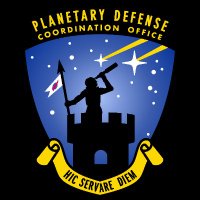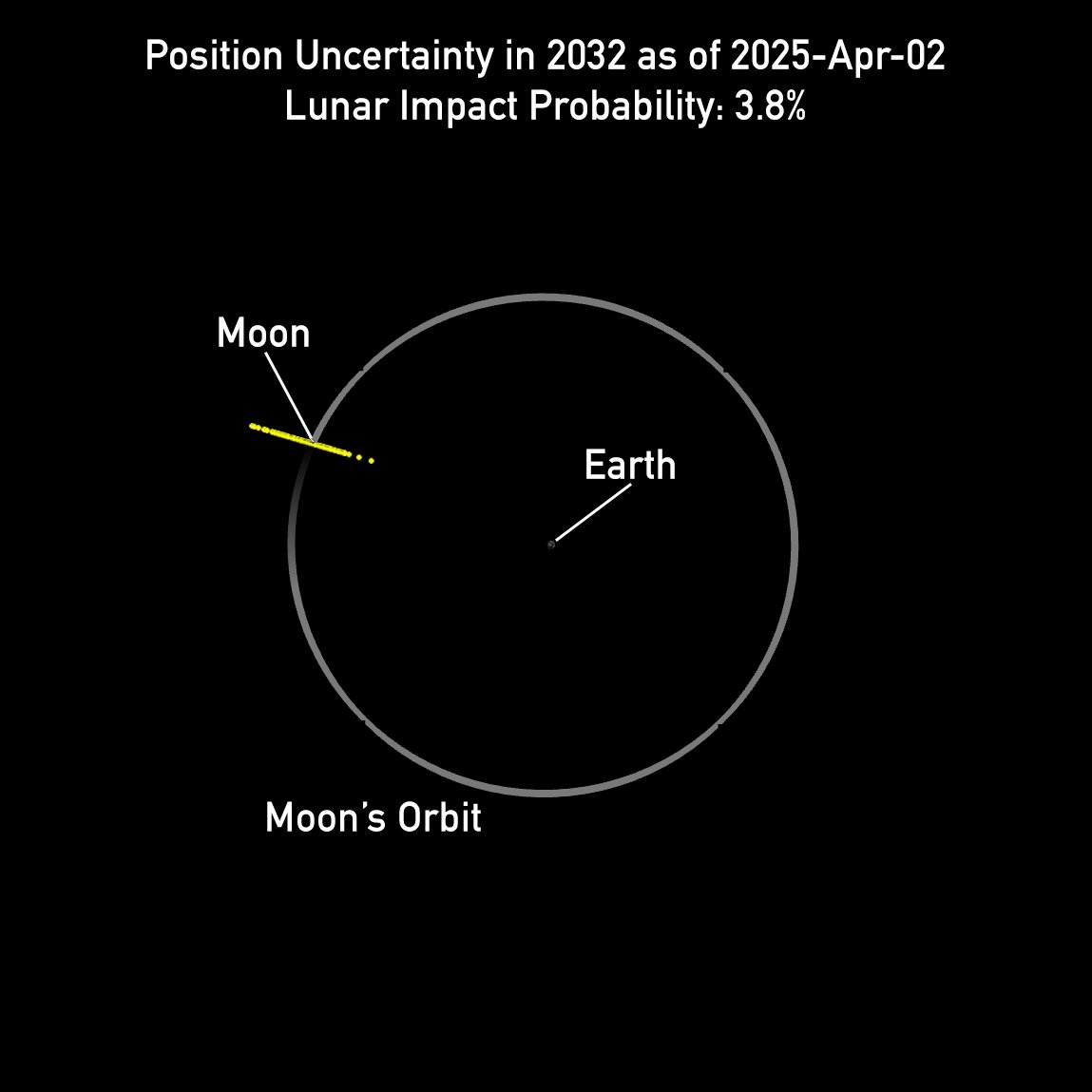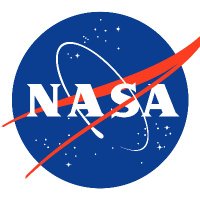
NASA Asteroid Watch
@asteroidwatch
@NASA’s Planetary Defense Coordination Office detects, tracks, and characterizes Near-Earth Objects to enable mitigation of potential future impacts.
ID: 23503181
https://www.nasa.gov/planetarydefense/overview 09-03-2009 21:18:32
3,3K Tweet
1,2M Followers
130 Following



You’ve heard about asteroid 2024 YR4, so let’s talk about it. What are the chances it’ll hit Earth? Why do those odds keep changing? Should you be worried? (Spoiler alert: No). Get the facts from a NASA expert and find the latest info on this asteroid at: blogs.nasa.gov/planetarydefen…





Thanks to NASA Webb Telescope, we have more information about asteroid 2024 YR4. It's about the size of a 10-story building. Based on data from Webb and ground-based telescopes, the asteroid also has a nearly 4% chance of impacting the Moon in 2032. go.nasa.gov/42eQI8o









A new observation from NASA Webb Telescope of asteroid 2024 YR4 has improved our knowledge of where the asteroid will be on Dec. 22, 2032 by nearly 20%, thus raising the chance of a lunar impact to 4.3%. 2024 YR4 is now too far to observe until 2028. go.nasa.gov/3HnB9om




